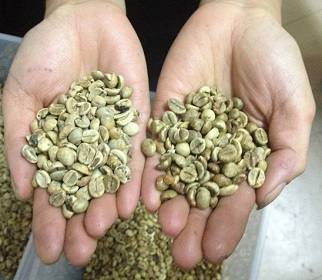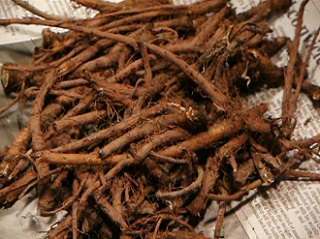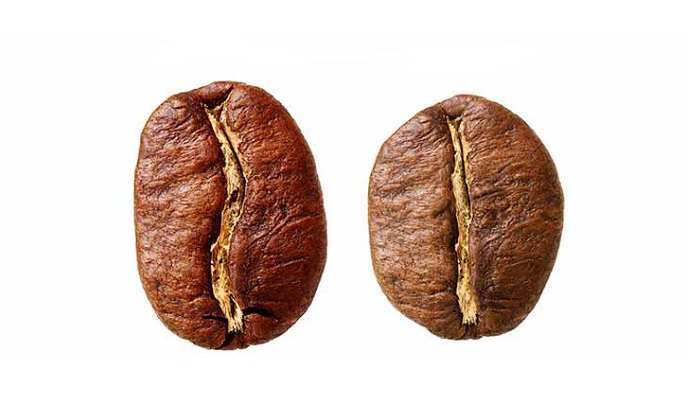Though most of the world runs on it, many people don’t know the history and science of coffee. To understand the magic this plant creates, it is best to explore and understand this history.
Overview
If you were talking to a mad coffee scientist, they would tell you that coffee is part of the evergreen family. That is right, it is a plant. It is specifically classified as a dicotyledon and is part of the Rubiaceae family. It would be more appropriate and technical to classify it not as a plant, but as a tree due to its sheer height. Its height comes from one main trunk that sprouts into numerous primary and secondary branches.
Arabica Vs Robusta Beans
 There are actually many different types of coffee beans, but two main ones are harvested today. Seventy to eighty percent of it is arabica, while the other twenty percent is dominated by Coffea canephora, or robusta beans. The two differ in taste. I am sure you could have guessed that Robusta beans are more robust, but they are considered to have a lesser-ranking taste and less caffeine than arabica beans which are smoother and higher in caffeine content. If untouched, the plant can grow up to about 32 feet, they are kept at a much more manageable height so that they may be harvested.
There are actually many different types of coffee beans, but two main ones are harvested today. Seventy to eighty percent of it is arabica, while the other twenty percent is dominated by Coffea canephora, or robusta beans. The two differ in taste. I am sure you could have guessed that Robusta beans are more robust, but they are considered to have a lesser-ranking taste and less caffeine than arabica beans which are smoother and higher in caffeine content. If untouched, the plant can grow up to about 32 feet, they are kept at a much more manageable height so that they may be harvested.
Growth and Development
3-4 years: After it is first planted, it begins to grow and moves on to the next stage of growth after about one year. Arabica coffee can self-pollinate, while the Robusta plant relies on cross-pollination. Fruit produces on the newest tissue.
6-8 weeks: After the plant is fertilized, cells divide and the fruit remains a pinhead on the fruit that relies mostly on the climate and weather of its environment.
12 weeks: After flowering, the endosperm fills the cavity, eventually giving the silver skin and forming the final coffee bean.
15 weeks: After flowering, the plant grows ovaries that develop into drupes, enabling it to form the coffee bean that we are all familiar with. This is when the plant stops growing.
Root System
 The roots can amazingly grow up to 20-25 km, which is over 6000 ft long! The roots can be vertical, tap roots, or ones that run horizontally with the ground. About four to eight roots can be axial, meaning that they start laterally, but end up pointing downwards. The root system mainly ingests from the top 20 cm of soil, so the climate and soil that the tree grows in greatly affects the root system. To be strong, the roots need calcium, much like us humans. They also thrive off of nitrogen and magnesium. In order to increase the efficiency of the tree, the downward roots are clipped to give way to the horizontal roots which are much more effective at sucking nutrients from the soil.
The roots can amazingly grow up to 20-25 km, which is over 6000 ft long! The roots can be vertical, tap roots, or ones that run horizontally with the ground. About four to eight roots can be axial, meaning that they start laterally, but end up pointing downwards. The root system mainly ingests from the top 20 cm of soil, so the climate and soil that the tree grows in greatly affects the root system. To be strong, the roots need calcium, much like us humans. They also thrive off of nitrogen and magnesium. In order to increase the efficiency of the tree, the downward roots are clipped to give way to the horizontal roots which are much more effective at sucking nutrients from the soil.
Leaves
The coffee tree grows eliptical leaves. They are known fro their shiny coats that feel waxy and have a dark green shade, pun intended. What is interesting is that the coffee plant is exceptionally efficient in producing oxygen, pumping out 86lbs a day per hectare of coffee. That is about half the production that the same area of trees in the rain forest. So, while they keep us awake, they are also good at keeping us alive.











